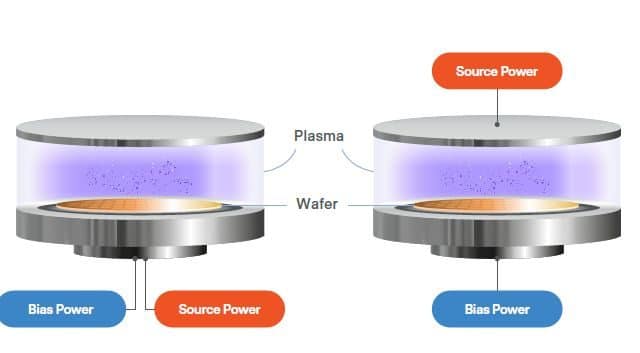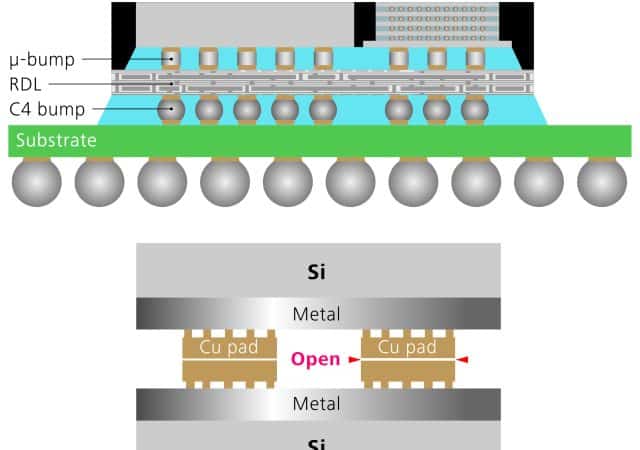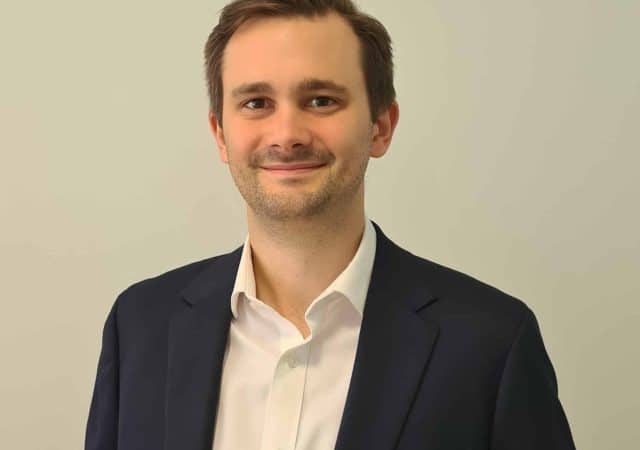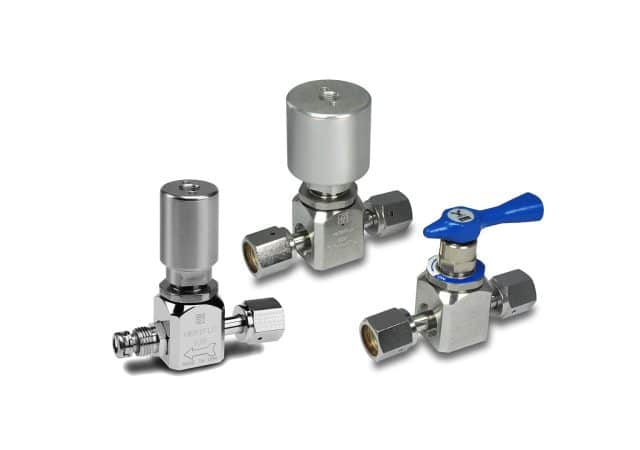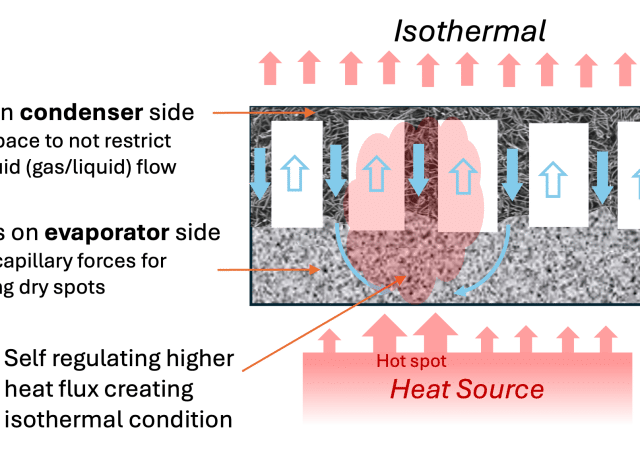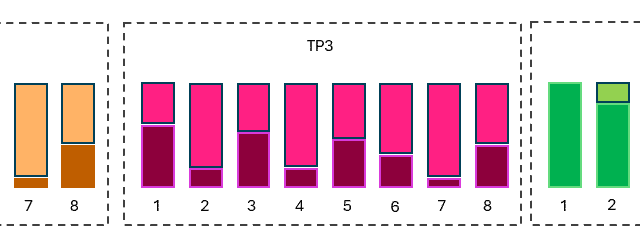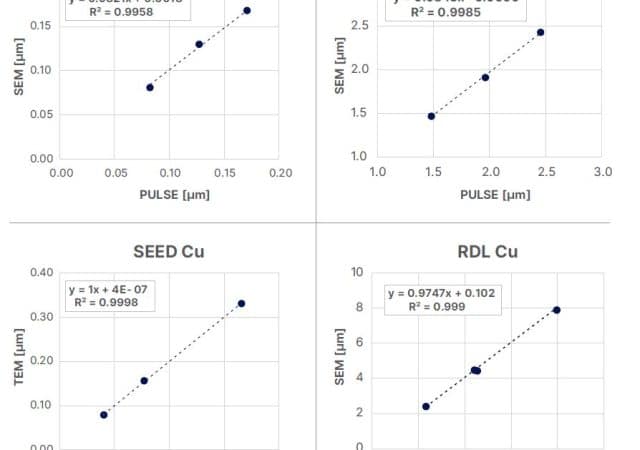Asymmetric bias power is replacing traditional RF bias power in critical semiconductor processes due to its ability to provide tailored ion energy distributions (IEDs) to the wafer surface. A particle-in-cell model compares IEDs from different bias waveforms.
Accelerate Failure Analysis of Heterogeneously Integrated Packages with AI-Powered Correlative Microscopy
A three-step physical failure analysis process dedicated to analyzing fine structures and defects in hybrid bonding and FOWLP packages demonstrates high accuracy and precision, while AI-powered reconstruction accelerates the speed of 3D X-ray scans.
New Techniques Hold the Key to Mitigating Environmental, Human Health Impacts
New advanced manufacturing techniques can help create more environmentally- and human health-friendly products, particularly by reducing chemical use and exposure.
How Edge AI Is Redefining What’s Possible in Semiconductor Design
AI is no longer confined to the cloud. Real-time decision-making, bandwidth limitations, and privacy concerns have driven the demand for edge AI—where computations occur locally on the device rather than being sent to centralized data centers.
Reducing Scope 2 Emissions in Semiconductor Manufacturing – A Happy Coincidence
Introducing new technologies to reduce emissions not only provides an environmental benefit but can lead to significant financial benefits as well. Materials, utilities, and energy all have a real cost, and reducing their consumption significantly reduces total cost of ownership (TCoO).
A Collaborative Supply Chain Won’t Just Grow Businesses – It’ll Accelerate Global Innovation
Limiting structures and siloed working, complexities in both production and supply, disruptions caused by climate change and geopolitics, and changes in trade policy are just a handful of challenges semiconductor companies are particularly susceptible to.
Engineered for Excellence: Advanced Materials in Semiconductor Fluid Delivery Systems
The evolution of stainless-steel compounds—specifically tailored 316L solutions with stringent residual and melt chemistry controls—has proven indispensable in safeguarding critical gas delivery systems.
Custom Thermal Management Solutions for Semiconductor Process Equipment
The future of cooling lies in innovative, two-phase systems that offer unparalleled efficiency and performance.
Optimizing Tester Memory Resources with Xtreme Pooling Technology
Xtreme Pooling extends vector-memory capacity up to 896 GV per pin by dynamically redistributing unused memory across test processors.
Advanced Interconnect Process Control with Picosecond Ultrasonic Technology for AI Device Packaging
Picosecond ultrasonic technology can provide a metrology solution with excellent accuracy and gage capability for the control of interconnect processes in advanced packaging.
